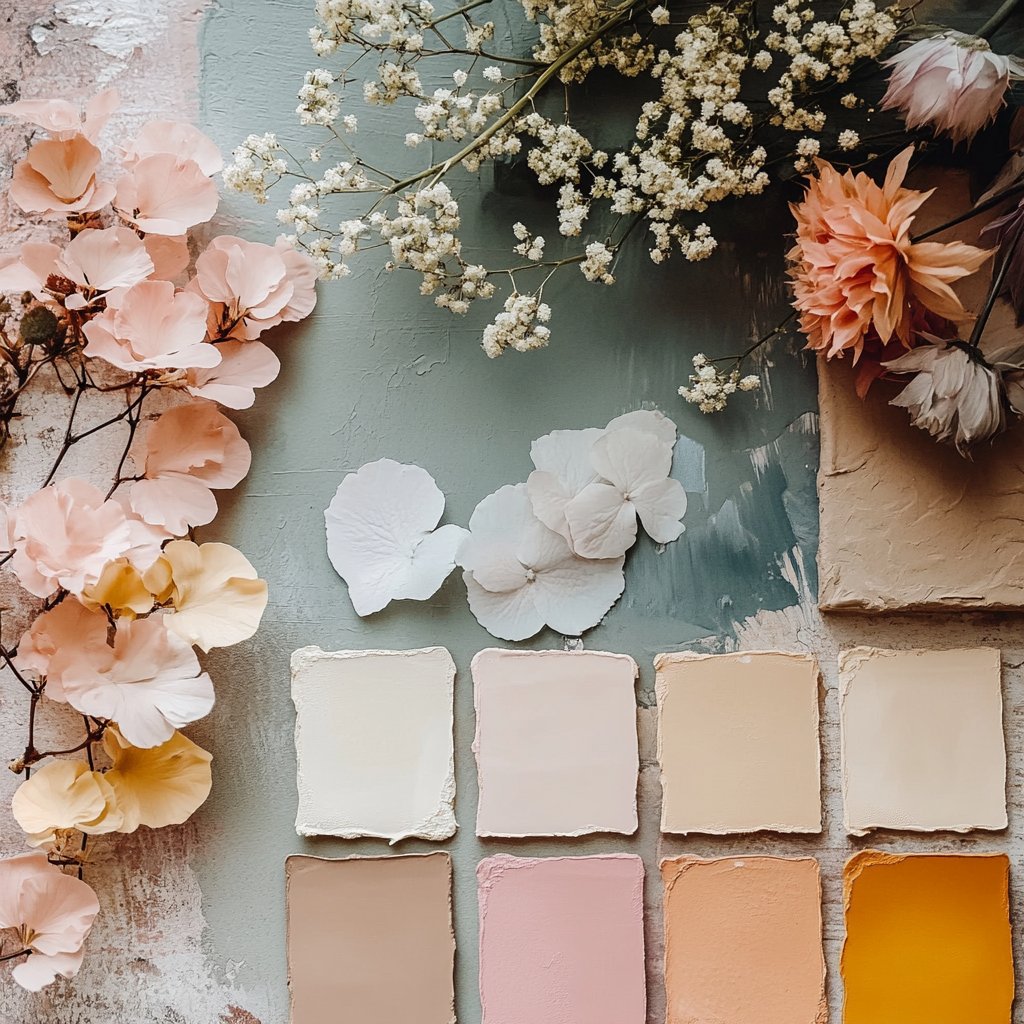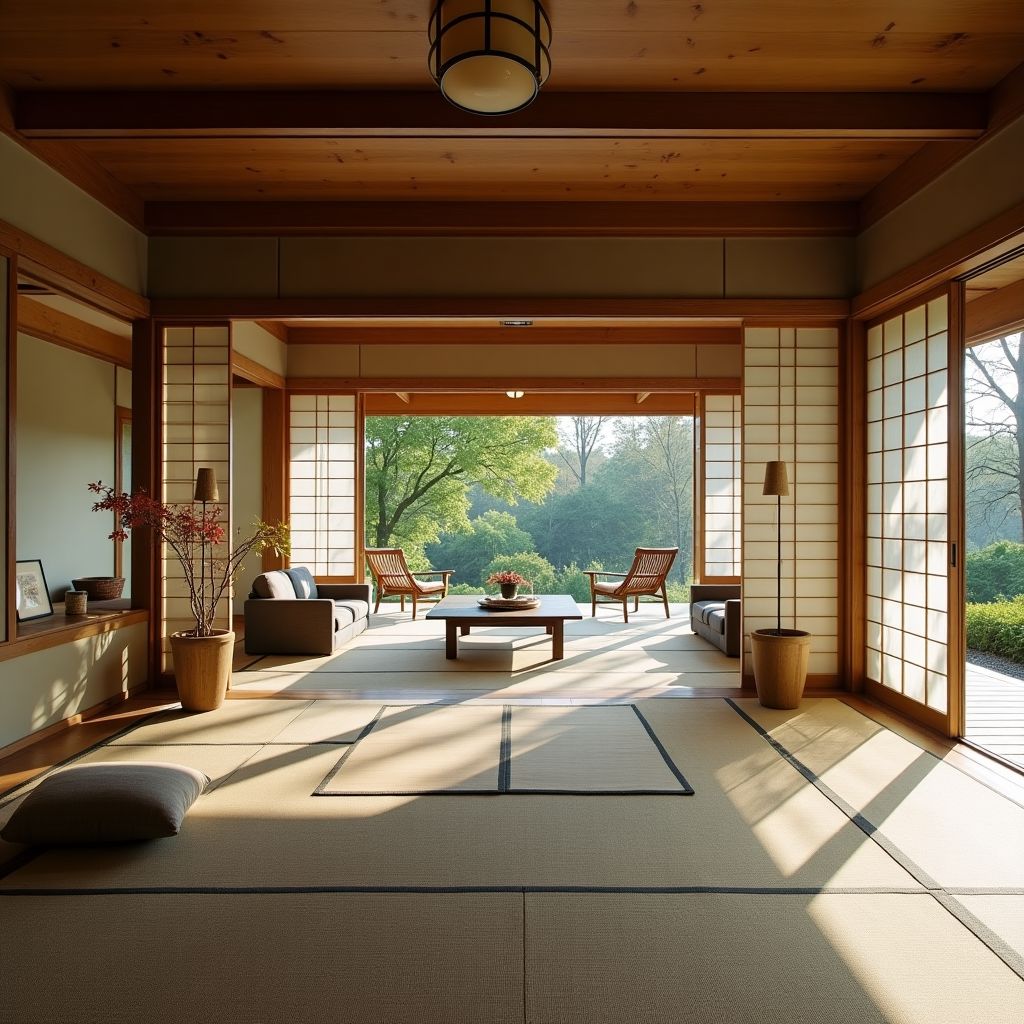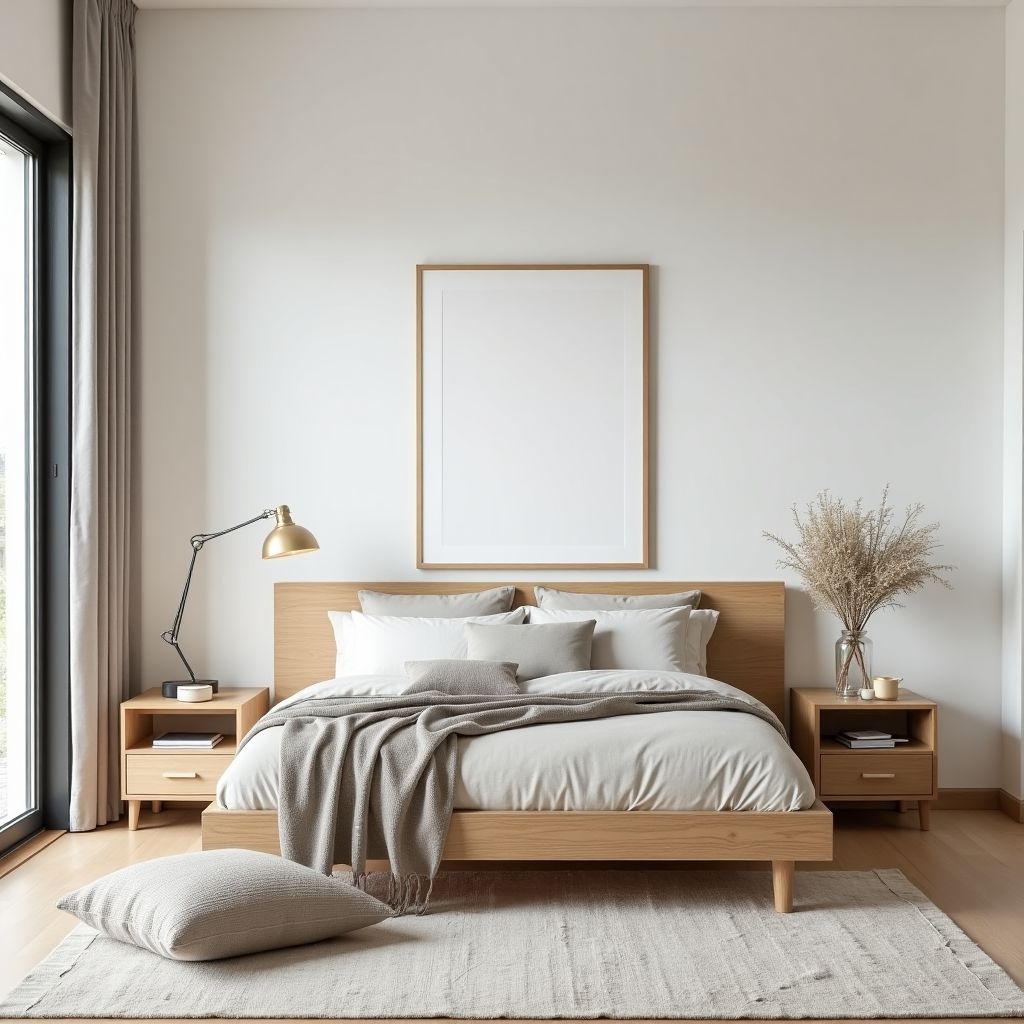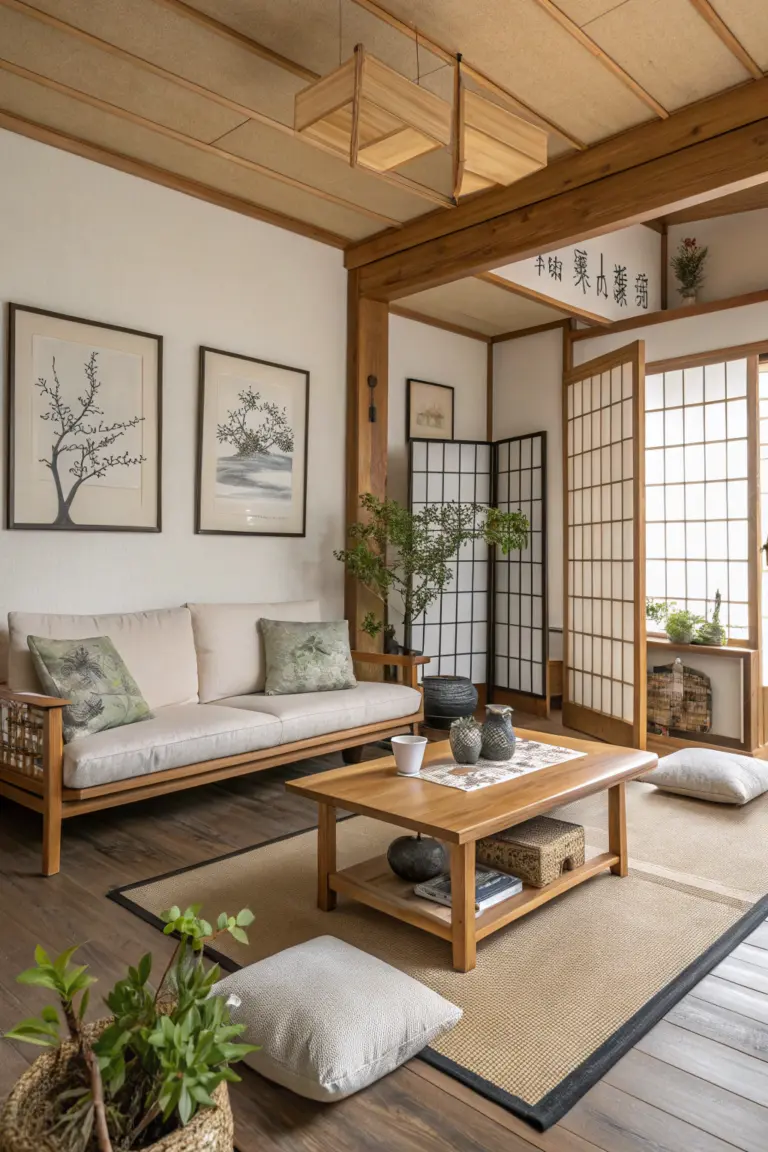In the world of interior design, styles come and go, but some resonate deeply, blending beauty and functionality in a way that feels both timeless and contemporary. One such style is Japandi, a fascinating fusion of Japanese and Scandinavian design principles. Characterized by clean lines, natural materials, and an emphasis on simplicity, Japandi creates serene spaces that invite calm and mindfulness.
But how did this unique style come to be? In this article, we will explore the origins and influences that shaped Japandi, tracing its journey from traditional Japanese aesthetics to its place in modern homes around the world. Whether you’re a design enthusiast or simply looking to refresh your living space, understanding the history of Japandi can inspire you to create an environment that balances elegance and comfort. Join us as we delve into the art and evolution of this harmonious design style.
Characteristics of the Japandi Style
Japandi is an interior design style that beautifully merges the minimalist elegance of Japanese aesthetics with the cozy functionality of Scandinavian design. At first glance, you might notice that both styles prioritize simplicity and an appreciation for craftsmanship. However, Japandi elevates this combination into a unique expression that fosters tranquility and balance.
Key characteristics of Japandi style include neutral color palettes that often lean towards earthy tones—think soft beiges, muted greens, and warm browns. These colors create a calming backdrop that allows furniture and decor elements to shine through without overwhelming the senses. Natural materials such as wood, stone, and organic fabrics are fundamental to the Japandi look, emphasizing the connection to nature while promoting a sustainable lifestyle.

Another defining feature of Japandi is its uncomplicated design. Clutter is minimized, with each piece of furniture and decor item serving a purpose, reflecting the efficient functionality typical of Scandinavian design. At the same time, you’ll often find intricate craftsmanship reminiscent of traditional Japanese artisanship, making these items not just functional, but also artistic.
Core Principles of Japandi
Central to Japandi are two guiding philosophies: Wabi-Sabi and Hygge.
- Wabi-Sabi: This Japanese concept celebrates imperfection and transience. It invites us to find beauty in the natural cycle of growth and decay, such as the unique grains in a piece of wood or the subtle variations in handmade pottery. In a Japandi-inspired space, you’ll often encounter items that embody this philosophy, reminding us that true beauty lies in the uniqueness of each piece and experience.
- Hygge: The Danish term for coziness and contentment, Hygge emphasizes the importance of creating a warm and welcoming atmosphere. This principle invites the use of soft textures, layered lighting, and thoughtful placement of furniture to encourage relaxation and connection, whether it be with oneself or with loved ones.
Together, Wabi-Sabi and Hygge inform the Japandi aesthetic, leading to environments that are not only visually appealing but also deeply comforting. By marrying these two philosophies, Japandi design fosters a sense of peace and encourages a lifestyle centered around mindfulness, making your home a sanctuary to retreat to in today’s busy world.
History of the Japandi Style
To truly understand Japandi, it’s essential to explore its deep-rooted connections to Japanese design traditions. Influenced by concepts such as simplicity, natural beauty, and harmony with nature, Japanese design embraces a philosophy that emphasizes the importance of minimalism. This approach can be traced back to various cultural practices, most notably Zen Buddhism, which advocates for simplicity and mindfulness.
Roots in Japanese Design
Traditional Japanese homes often feature elements like tatami mats, shoji screens, and low furniture, all designed to create open, serene spaces that foster a sense of calm. The use of natural materials, such as wood and stone, connects the interior with the surrounding environment, promoting a seamless flow between indoor and outdoor spaces. Additionally, the art of Wabi-Sabi, which appreciates the beauty of imperfection, is a fundamental part of the Japanese aesthetic. Objects are cherished for their unique qualities, reflecting a deeper understanding of the transient nature of life.

This architectural and design ethos has influenced many aspects of Japanese culture, from art and pottery to garden design. The emphasis on craftsmanship and the intrinsic beauty of natural materials is evident in every detail of the Japanese home.
Scandinavian Design Heritage
On the other side of the globe, Scandinavian design emerged as a response to the harsh climates and specific lifestyles of Northern Europe. Characterized by functionality, simplicity, and a love for natural light, Scandinavian design seeks to create inviting, comfortable spaces. The emphasis on practical use of space, coupled with a clean aesthetic, has its roots in local traditions and folklore.
Key elements of Scandinavian design include light wood finishes, bright white walls, and cozy textiles that bring warmth to the space. The concept of Hygge, which encourages coziness and togetherness, plays a crucial role in this design philosophy. Inspirational designers like Hans Wegner and Alvar Aalto molded the classic principles of Scandinavian design, focusing on timeless quality, minimalism, and a harmonious relationship with nature.

The Scandinavian commitment to sustainability and environmental responsibility has led to the use of eco-friendly materials and processes, ensuring that design contributes positively to the world.
The Intersection of Cultures
The merging of these two distinct design philosophies—Japanese minimalism and Scandinavian practicality—gives birth to the Japandi style. As globalization and cultural exchange increased, designers began to recognize the beauty and potential of combining these aesthetics. The common threads—such as a focus on nature, simplicity, and functionality—provided fertile ground for the development of a fresh, cohesive style that resonates with homeowners seeking tranquility and balance in their interiors.
Today, the influence of both Japanese and Scandinavian styles continues to be visible in how we approach modern interior design. Recognizing their roots not only enriches our understanding of Japandi but also reinforces the idea that great design knows no boundaries.
We hope you have enjoyed this deep dive into the Japandi style!
